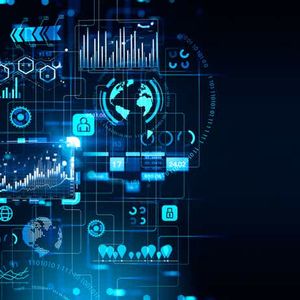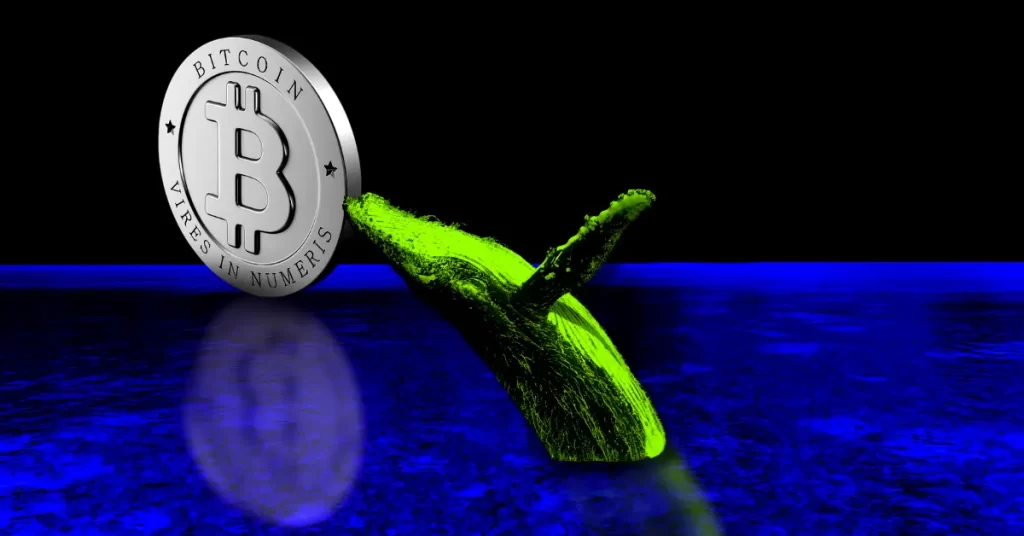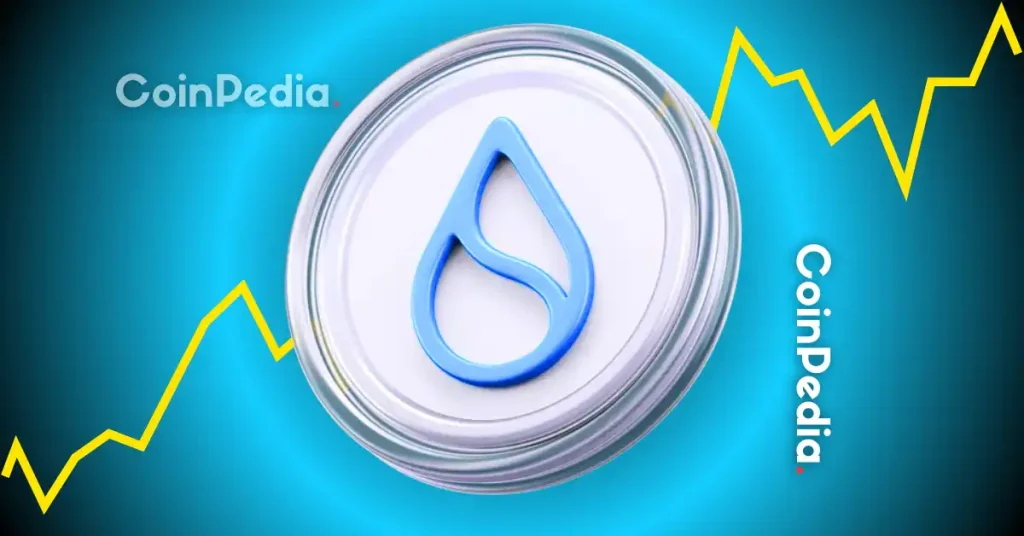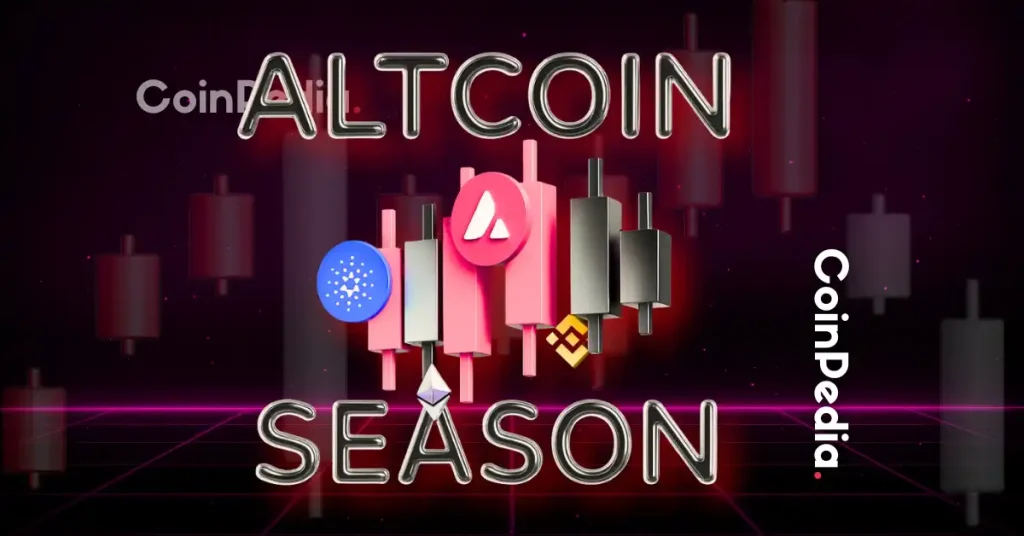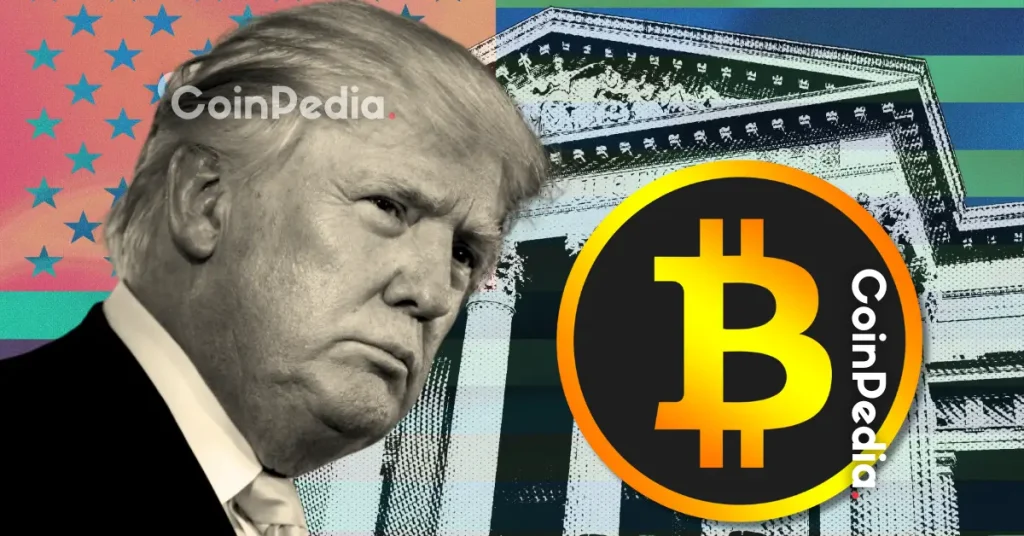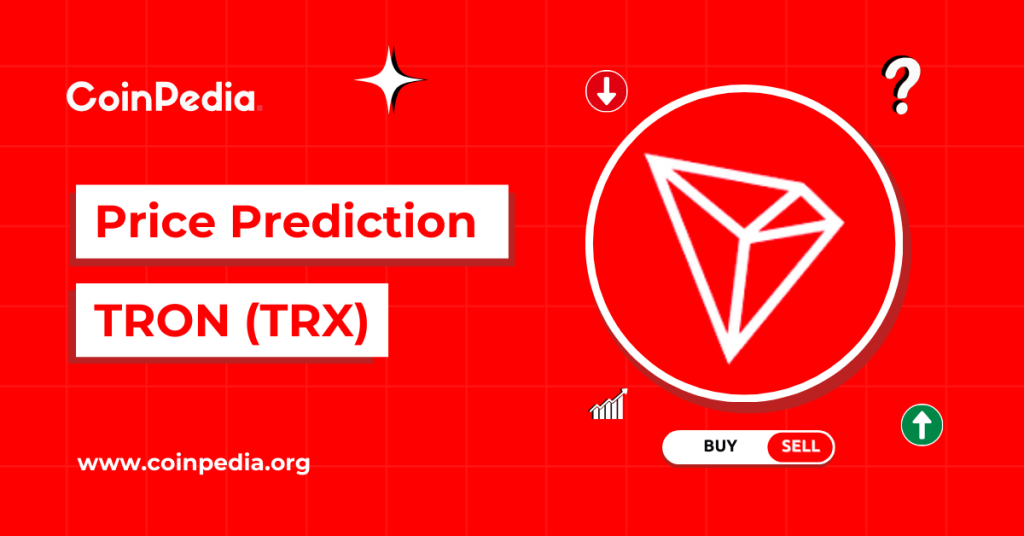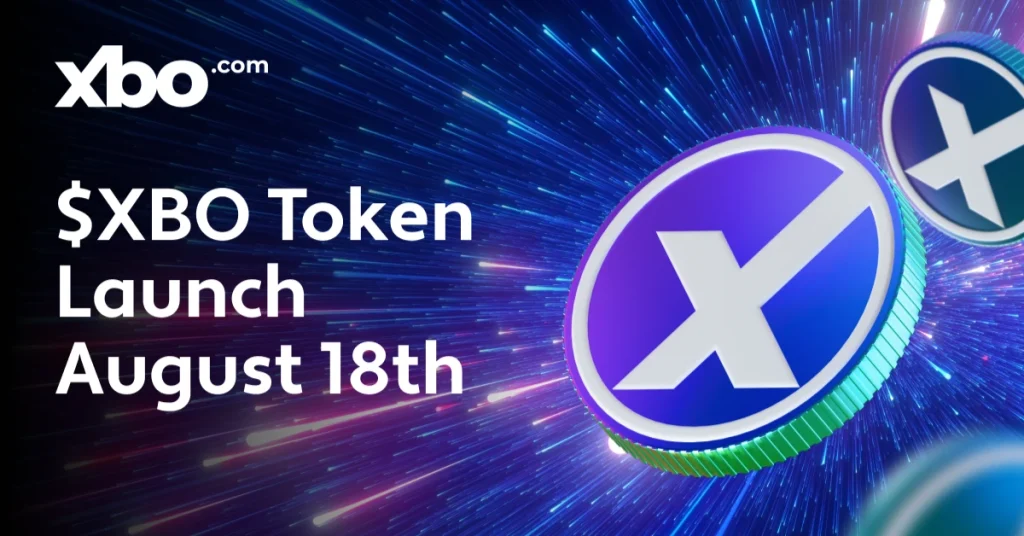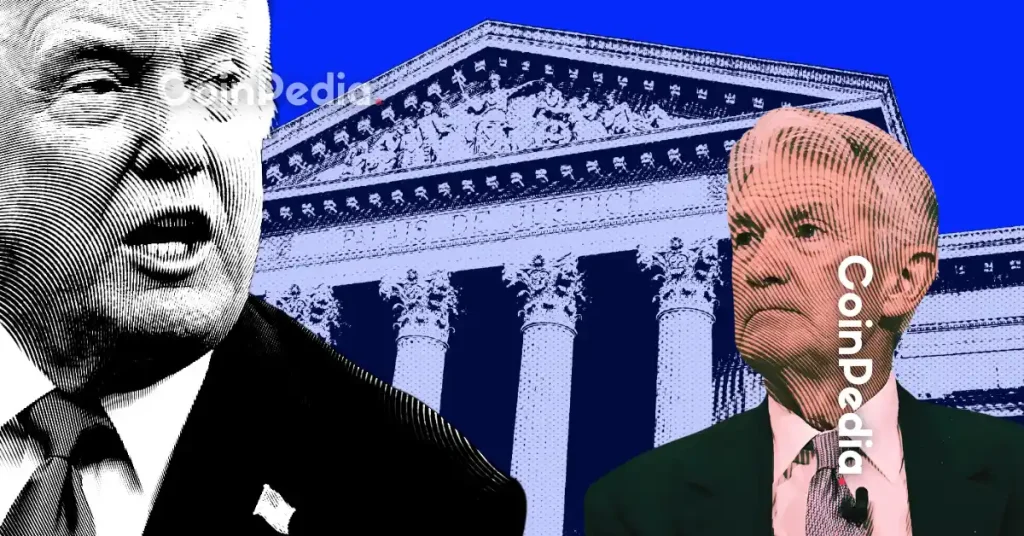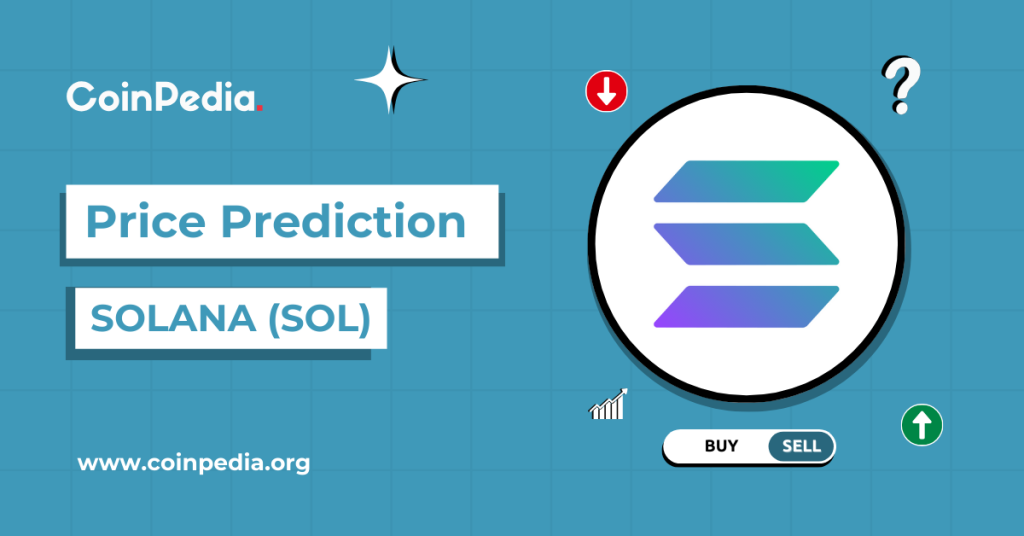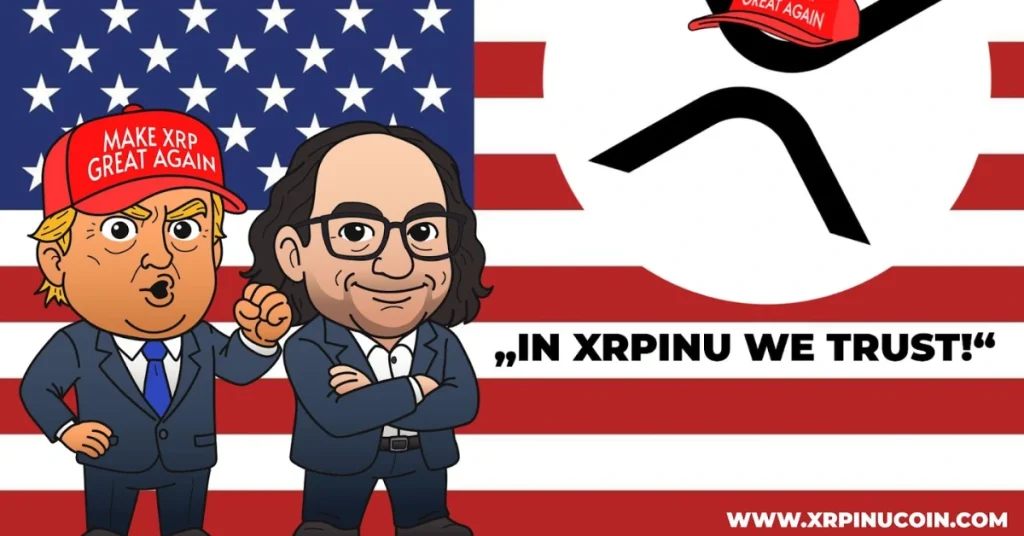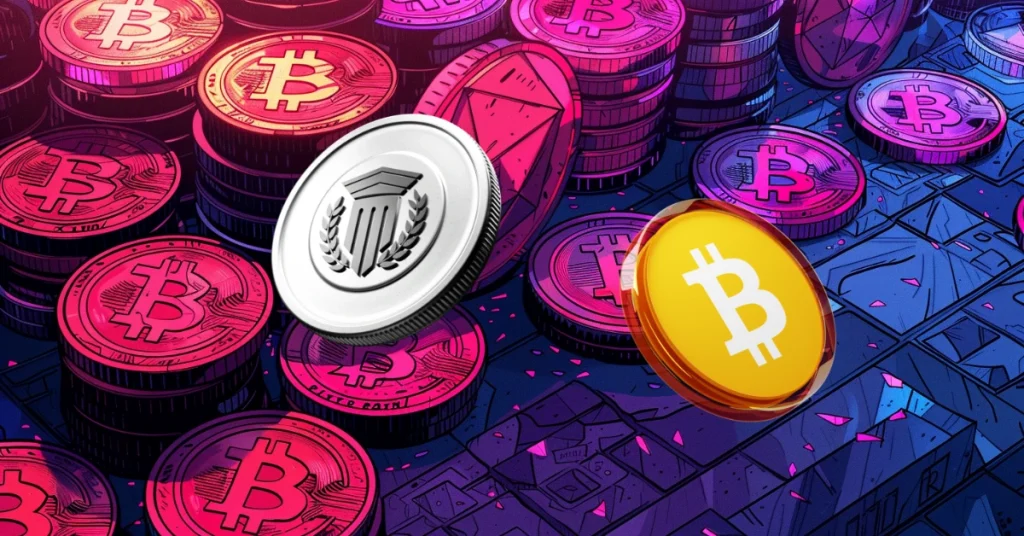Summary Render solves big problems with GPU usage. This coin has been performing very well, and I believe it has huge upside potential. Adding this to my high-conviction portfolio, though, we could see lower prices. Overview Graphics processing unit ((GPU)) mining has gained popularity over the years, increasing the demand for high-performance graphics cards. Besides its use in crypto mining, gamers, content creators, and video editors also need high-performance GPU-based servers and PCs for rendering, authoring, and publishing their creative works. Procuring high-end GPUs can be challenging for creators because of the cost and energy consumption implications. Most times, the processing capability of the GPU is not fully utilized, leading to a waste of energy. The Render Network ( RNDR-USD ) provides a solution to the problems of the high cost of GPU procurement and GPU idle processing. Render revolutionizes the digital creation process by providing decentralized GPU cloud rendering solutions. Using the Render Network, a creator could run render or streaming jobs on the blockchain instead of procuring high-end, locally-run GPUs. The creator also has room to scale when their render job GPU demands increase. The use case for The Render Network cuts across various industries and applications, including media, augmented reality, mixed reality, virtual reality, gaming, video editing, and the metaverse. Proof of Render and the Render Token Unlike traditional cloud rendering solutions plagued with scalability limits, the Render Network is more powerful and highly scalable. GPU computing power and jobs on the network are tracked, managed, distributed, and processed on the blockchain. How does The Render Network achieve this management, distribution, and processing of render jobs on the blockchain? Let's get a clearer picture by understanding the "proof-of-render" consensus. In a proof-of-work, (PoW) or Proof-of-Stake (PoS) blockchain, nodes on the network are responsible for validating blocks. In Render's proof-of-render (PoR) consensus, nodes are users with idle GPU resources. When a creator needs to run a render job, the network passes the job to available nodes, and the creator who requests the render job pays in RNDR, an ERC-20 token. Just as nodes in a PoW or PoS network pay nodes crypto rewards, nodes that provide computing power on the Render Network are paid in RNDR. Render's PoR mechanism then ensures that the job is run according to the specification set and the amount paid by the creator. PoR also mitigates any form of fraud on the Render Network. Creators and node operators have a reputation score on the network. Creators with higher reputation scores enjoy perks such as a faster render job processing time. The required render quality and the time it would take to render a job are written onto a publicly-verifiable smart contract when a render job is initiated. The price of a render job is determined in real-time, and it is based on the number of available GPUs on the network with the current demand for rendering jobs. The processing capability of GPUs and render jobs on The Render Network are measured in a benchmarking unit called OctaneBench. The more OctaneBench a user's render job requires, the more RNDR will be charged as payment. The time it would take to complete a render or streaming job also affects the amount of RNDR the user would pay to have their job processed. Users can apply a trade-off strategy between the OctaneBench value and the time it would take to complete a job. For example, a job-consuming two RNDRs could be modified to equal 128 seconds of work at 512 OctaneBench, or 64 seconds of work at 1024 OctaneBench. Recent Render Network Developments Render recently passed the RNP-002 DAO proposal . RNP-002 proposes that The Render Network transition from the Ethereum network to the Solana network. Render will also ditch Solidity as its smart contract language and adopt Rust as its smart contract language. The developers of The Render Network, who put forth the proposal, believe that Rust can provide the Render Network with more incredible speed and flexibility than Solidity. The Render Network has been built with a goal towards providing real-time, rendered, interactive holographic streams. This will require states to be updated dynamically, in real-time and on-chain. To do so, the network needs to be able to write high-performance code both on-chain and on GPUs. Rust can provide the Render Network greater speed and flexibility than Solidity, ultimately permitting the use of the same code for GPU render work and smart contracts. Source: Render Developers About 4,800,000 votes were "yea," while only approximately 36,000 votes were "nay." The proposal has since passed, and the Render Network transition from Ethereum to Solana is underway. Render's transition to Solana has also resulted in a partnership with Metaplex, an NFT creator studio built on the Solana blockchain. Artificial Intelligence Models and the Need for Distributed GPU Artificial Intelligence ((AI)) has seen a massive explosion in the past year since the introduction of the Generative Pretrained Transformer ((GPT)) language model and applications based on the GPT model. GPT-based applications such as ChatGPT, Bard, DALL-E, and Midjourney require enormous computing power and GPU-equipped servers to deliver quality results from these AI-based apps. There is some prospect of the Render Network becoming a machine learning ((ML)) processor. In a blog post published on April 5, Render announced the integration of Stable Diffusion on its website. These integrations are the first of potentially more involving AI, with the Render Network possibly expanding out to include Large Language Model programs like ChatGPT, or users allowing their work to be used in training for large AI models and receive compensation in return directly through the Render Network interface using high throughput micro-transaction royalty flows, Source: Blog post Technical Analysis Here is my long-term analysis for Render: RNDR TA (Author's work) This analysis requires a bit of speculation, but we can roughly forecast a price of around $77 in the future. However, this could take years to materialize, perhaps even two halving cycles. If we measure the length of wave I, which should top around $3.8, and then take this and measure from the potential bottom of wave II, which again, should take us back towards $1, maybe a bit below, then we can roughly predict the coming EWT structure and levels. This is a bit more clear if we look at the smaller time frame chart. RNDR TA (Author's work) So, we can identify an initial three-wave impulse in wave (i), which could be the beginning of our diagonal.- This would put us now inside a final impulse to finish the larger I. The inverse 1.618 ext of wave iv implies a target of around $3.8413. So, if we calculate a retracement from the bottom at 27 cents to this top, then the 61.8% retracement lands us at $0.751, which we can see from the fibs on the right. Risks To an extent, Render has been caught up in the AI hype and has outperformed many coins this year. However, there are some risks. Regulatory risks are always present, and since Render did ICO, it could be flagged by the SEC for being an unregistered security. On another note, I am not particularly fond of Render picking the Solana network. This is a network that has faced problems in the past. If Solana goes down again, this could be a big problem for Render. Final Thoughts Render is a very interesting token, it has performed well, and though we could see lower levels in the future, I'm going to add this to my long-term crypto portfolio.
